Nowadays, there are Chuo-ku everywhere in Japan, but in the middle of Tokyo, our Chuo-ku was born together in 1947 with Nihonbashi-ku and Kyobashi-ku.
In the past, public facilities in Kyobashi Ward continue to play a role almost, but even if the name changes to "Chuo-ku", you can see quite a few things with the name "Kyobashi" as it is.
For example, "Kyobashi Plaza" has a house on a ward hall or community hall.
My address is Ginza 1-chome.
In the past, there was "Kyobashi Elementary School" in this place, but it was integrated with Tsukiji Elementary School to become "Kyobashi Tsukiji Elementary School", and the school building uses the former Tsukiji Elementary School.
"Kyobashi Park", which is adjacent to Kyobashi Plaza, was from the time of elementary school.
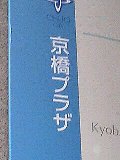
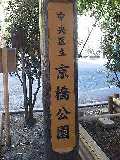
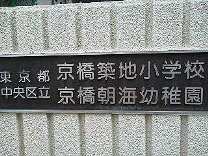
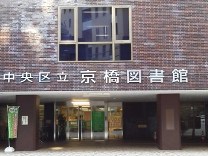 Speaking of Tsukiji 1-1-1, the ward office is located there, and the Kyobashi Library is attached to it.
Speaking of Tsukiji 1-1-1, the ward office is located there, and the Kyobashi Library is attached to it.
There are many valuable materials about Chuo-ku in the underground regional archives here, so you can easily browse them, and in some cases you can borrow them.
The reference is really familiar with the history of Chuo-ku and is always taken care of.

The Kyobashi Post Office is also located near the out-of-market market in Tsukiji.
Due to the privatization of the postal service, the postal business will be "Harumi Post Office Kyobashi Branch Office", but the building is "Kyobashi Post Office".
Old residents say "Kyobashi's headquarters".
And in Shintomi, "Kyobashi Tax Office".
There used to be Shintomiza here, and its explanation board was built.
I grew up locally, but it was strange that there was a building with "Kyobashi XX" even though it was not in Kyobashi, but looking at the history, there was a proper reason I knew it, it was very interesting.

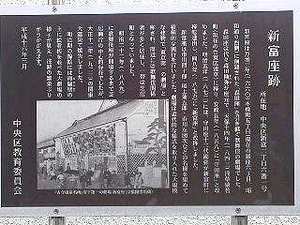
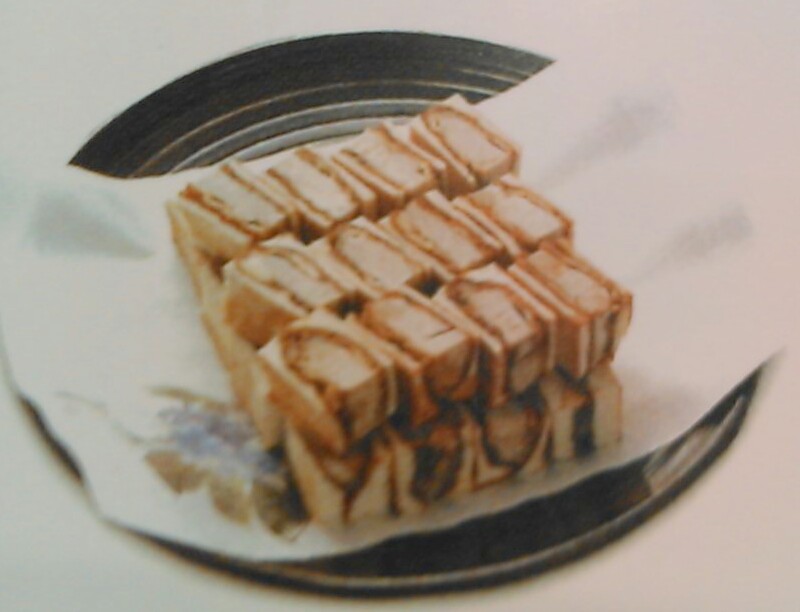 In fact, "Katsu Sand" is overwhelmingly supported by me and local young people in this "Shimizu". It is not on a general lunch menu, but you can make it by ordering individually at banquets etc. This is a comprehensive taste work that is soft and juicy tonkatsu into bread and moist scissors and seasoned with a unique sauce. I'll carry a few of them to my mouth. It can be said that it is "a masterpiece". If you have a chance, please enjoy it.
In fact, "Katsu Sand" is overwhelmingly supported by me and local young people in this "Shimizu". It is not on a general lunch menu, but you can make it by ordering individually at banquets etc. This is a comprehensive taste work that is soft and juicy tonkatsu into bread and moist scissors and seasoned with a unique sauce. I'll carry a few of them to my mouth. It can be said that it is "a masterpiece". If you have a chance, please enjoy it.
